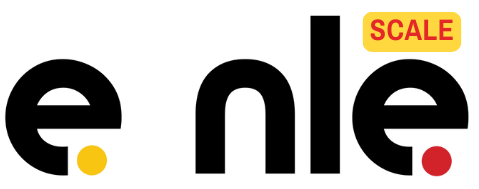Growth hacking emerged in the early 2010s within startup culture as a low-cost, high-impact alternative to traditional marketing. Coined by Sean Ellis, it centers on using creativity, data analysis, and rapid experimentation to acquire users quickly. It diverges from classic marketing by prioritizing fast results over long-term brand-building.
Core Purpose and Strategy
The primary aim of growth hacking is to drive user acquisition and engagement using data-driven, innovative strategies. It relies heavily on tools like analytics, A/B testing, and automation to quickly iterate and optimize campaigns, often on digital platforms, with a strong focus on improving conversion rates.
Famous Growth Hacking Examples
Companies like Dropbox and Airbnb exemplify successful growth hacking. Dropbox grew rapidly using a referral system that rewarded users for inviting friends, while Airbnb leveraged Craigslist’s massive user base to attract bookings. These examples highlight how smart use of existing platforms and incentives can spur viral growth.
Adopting a Growth Hacking Culture
To successfully implement growth hacking, companies must embrace experimentation, agility, and a willingness to learn from failure. Teams should continuously test ideas and use data to guide decisions. This approach enables fast iteration and can build momentum for rapid expansion, especially in competitive markets.
What is Sustainable Scaling?
Sustainable scaling is a methodical approach to business growth that emphasizes long-term health over short-term gains. It contrasts with growth hacking by focusing on creating stability through strategic planning, efficient resource use, and consistent customer experiences, rather than explosive growth.
Pillars of Sustainable Scaling
At its core, sustainable scaling requires thorough planning,understanding customer needs, analyzing market trends, and aligning goals with available resources. It emphasizes smart spending, long-term investments, and efficient team management, ensuring that growth doesn’t come at the cost of operational overload or burnout.
Customer Retention and Business Foundations
Sustainable scaling values long-term customer relationships. Retaining loyal customers is seen as more valuable than rapid acquisition. Investing in employee training, the right technology, and a strong company culture are key to building a reliable business that can scale responsibly over time.
Comparison of Approaches
Growth hacking focuses on speed, often leveraging aggressive marketing tactics that may jeopardize brand reputation if not controlled. In contrast, sustainable scaling takes a slower, steadier path, emphasizing product quality, customer care, and ethical growth. While growth hacking provides fast returns, it can be volatile. Sustainable scaling offers stability but may require more patience.
Choosing the Right Path for Your Business
Selecting the appropriate growth strategy for your business is a critical decision that can significantly impact your long-term success. To determine whether growth hacking or sustainable scaling is the right fit, several key factors should be evaluated. First and foremost, understanding your market conditions is essential. Rapidly changing industries may benefit from a growth hacking approach that emphasizes agility and quick market penetration, enabling businesses to capitalize on emerging trends.
Conversely, companies in stable industries might find that sustainable scaling offers a more effective, reliable path toward long-term resilience. Next, assess your company’s available resources. Resources include not only financial capital but also human capital and technology. A business with limited resources may struggle to support extensive growth hacking initiatives, which often require significant investment in marketing tools and experimentation. On the other hand, sustainable scaling typically focuses on maximizing return on investment over time, making it potentially more suitable for resource-constrained companies.
Your specific business goals also play a pivotal role in this decision-making process. If immediate revenue generation and market capture are top priorities, growth hacking might be the right choice. However, if your objectives are to foster brand reputation, customer loyalty, and steadily increasing revenue, sustainable scaling should be prioritized. Understanding your customers’ needs is equally important, as your business strategy must align with customer expectations and behaviors to be successful.
Actionable steps for evaluating your current strategies include conducting a SWOT analysis (assessing strengths, weaknesses, opportunities, and threats) and defining measurable growth indicators. By identifying your growth stage,be it startup, emerging, or established,you can ascertain which approach may serve you best. Ultimately, there might be value in integrating both strategies at different stages to ensure versatility in your growth initiatives. This blending can position your business to adapt and thrive amidst evolving challenges and opportunities in the market.



